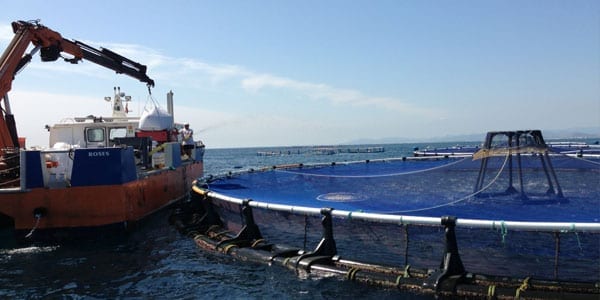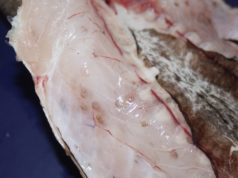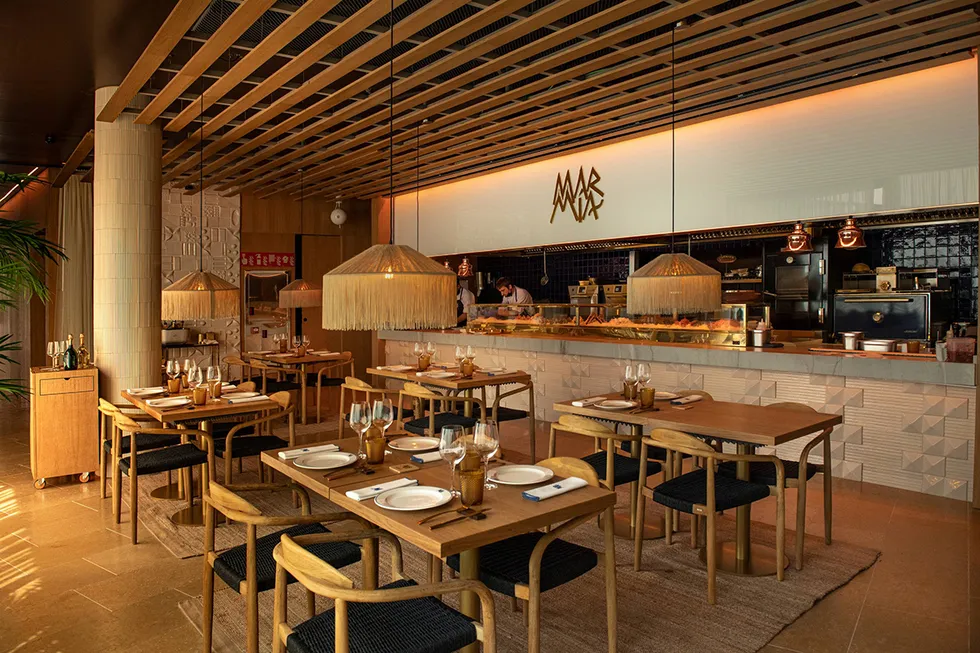
Aquaculture it is the evolution of fishing, in the same way as land livestock hunting is. In Spain 282.000 tons of products are produced aquaculture in more than 6.000 farms. In addition, we are the first producer of the European Union. Although we are very far from the big Asian producers and in the 22nd position worldwide.
Spaniards consume 25% of the fish originating from aquaculture. In this article we will see the species that are produced and how they feed. As well as the methods that are used for its cultivation and the controls that are carried out.
Aquaculture in Spain today
The species produced in Spain they are basically mussel, abalone, oyster and clam in regards to mollusks. These are basically grown in Galicia and to a lesser extent in Catalonia and the Valencia Community.
In marine fish they stand out sea bream, sea bass and croaker, which are grown in the Mediterranean and Canary Islands. Equally, turbot, bream and sole, riding a Galicia.
In fresh water the Rainbow trout and although it grows in all Spain, it is the majority in the northern half. Note also the tench en Salamanca. Then, in crustaceans they are cultivated prawns and we can't forget about Red tuna that, although there are fattening farms. It is already beginning to reproduce successfully in captivity as well.
These are mainly our crops in aquaculture to this day but the investigations are progressing a lot. Though. slowly, they are incorporated other species.
Among the species of aquaculture at international level they highlight the white prawn, salmon, tilapia and carp. On the other hand, by volume in metric ton, the cultivation of seaweed, especially in Asia.
Production methods in aquaculture
The production method in aquaculture is very varied, from trays for mollusks until fish farms on land. Also passing through nurseries in the middle of the sea or near the coast. Many species do not reproduce and are fished when small.
The most important of these is the mussel, but so is the eel and tuna. Aquaculture continues to investigate to close the life cycle and to better guarantee the quantity and quality.
With regards to health, the fact of having them in captivity allows to control that aspect, in addition to others. They can be vaccinated and dewormed ensuring that they are free of anisakis. This helps avoid the obligation to freeze fish for consumption raw or undercooked.
Una golden takes two years to reach a size of about 600 gr and a seabass the same time to get 400 gr. The upbringing it's a slow process and with a high risk for the aquaculturist. Currently, production is stagnant at Spain due to the difficulty of obtaining administrative permits. Also because more and more fish are imported year after year.
Species feeding
La eating It is varied since the fish are mostly omnivores. This, with the exception of mollusks, which feed on algae, which filter the water themselves. To the fish they are fed with sterilized compound feed that follow veterinary controls. In the same way that they do with land animals.
This allows you to have the security of knowing what they have eaten throughout the life of the animal and better control the residues they may have. Thus, guarantee the traceability. In the case of turbot, croaker and sea bream, for example, they feed in the first days of life, when they are larvae, on living organisms (plankton) and later with feed.
With aquaculture the consumer is guaranteed a price, quality and health tall and stable. It makes it possible for many people to increase their consumption of fish. A food rich in vitamin A, B and D.
In addition to having a very interesting composition of polyunsaturated fatty acids long chain and minerals such as calcium, selenium, zinc, phosphorus, iodine, and iron. At the organoleptic level, no relevant differences were observed with wild fish in all the blind tastings.
In order to motivate the local fish consumption a seal that identifies this type of fish, the so-called "raising our seas".






